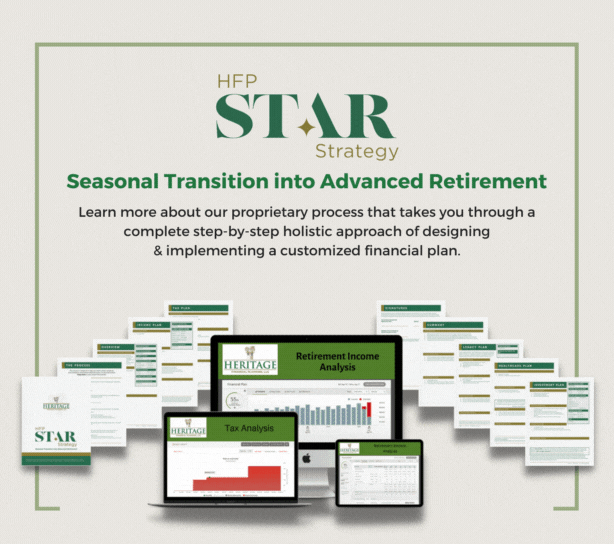Claiming Early Isn’t Always the Best Strategy
For many retirees, Social Security is the single largest guaranteed income source they’ll receive. So, the decision of when to claim it is one of the most important financial choices you’ll make. While benefits can begin as early as age 62, taking them too soon—or too late—can significantly impact your income, taxes, and longevity risk.
This isn’t just a matter of picking an age—it’s about coordinating Social Security with your broader retirement income plan.
How the Age You Claim Affects Your Monthly Benefit
The Social Security Administration calculates your benefit based on your full retirement age (FRA)—which is between age 66 and 67 depending on your birth year. If you claim benefits before your FRA, your monthly payment is permanently reduced. If you wait beyond FRA, your benefit increases by roughly 8% per year up to age 70.
The difference between claiming at 62 versus 70 can be as much as 76% more per month. That’s a substantial lifetime difference, especially if you live into your 80s or 90s.
Why the “Right Time” Is Different for Everyone
There’s no universal answer to when you should start collecting benefits. Your optimal timing depends on factors like:
- Your health and expected longevity
- Whether you plan to continue working
- Your marital status and spousal benefit strategy
- How much you’ve saved in other retirement accounts
- Your need for income now versus later
For example, if you’re in poor health or need income immediately, claiming early may be appropriate. But if you’re healthy, have other sources of income, and want to maximize long-term benefits—or protect a surviving spouse—waiting can pay off.
The Impact of Taxes and Work on Social Security Benefits
If you claim Social Security while still working and are under your FRA, your benefits could be temporarily reduced due to earnings limits. Once you reach FRA, however, those reductions go away—and your future benefits may be recalculated upward.
In addition, your Social Security can be taxed depending on your provisional income. This means coordinating your withdrawals from IRAs or taxable accounts alongside Social Security can help reduce taxation and improve overall cash flow.
Turn Guesswork Into Strategy
Social Security shouldn’t be treated as a standalone decision. It should be integrated into a personalized income strategy that factors in your total retirement income, investment risk, tax bracket, and legacy goals. Claiming at the wrong time may seem minor, but over 20–30 years, it can cost—or save—tens of thousands of dollars.
Let’s Find the Claiming Strategy That Works for You
At Heritage Financial Planning, we use our HFP S.T.A.R. Strategy (Seasonal Transition into Advanced Retirement) to help clients evaluate when and how to claim Social Security for maximum lifetime value. We factor in your financial picture, tax strategy, and future needs to ensure your decision supports a secure retirement.
Schedule your Social Security planning session today and make your next move with clarity and confidence.

Click here to learn more about our HFP STAR Strategy process.
Sources:
• Social Security Administration – https://www.ssa.gov
• AARP: Claiming Social Security – https://www.aarp.org
• Morningstar: Social Security Timing – https://www.morningstar.com
• Heritage Financial Planning: https://heritagefinancialplanning.net/about/heritage-financial-star-strategy/












